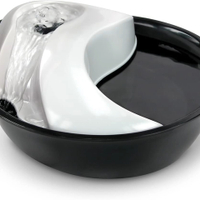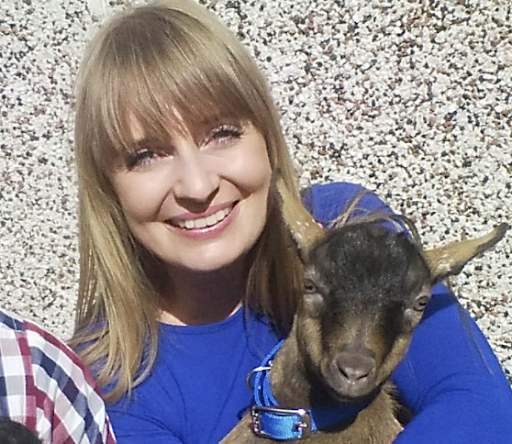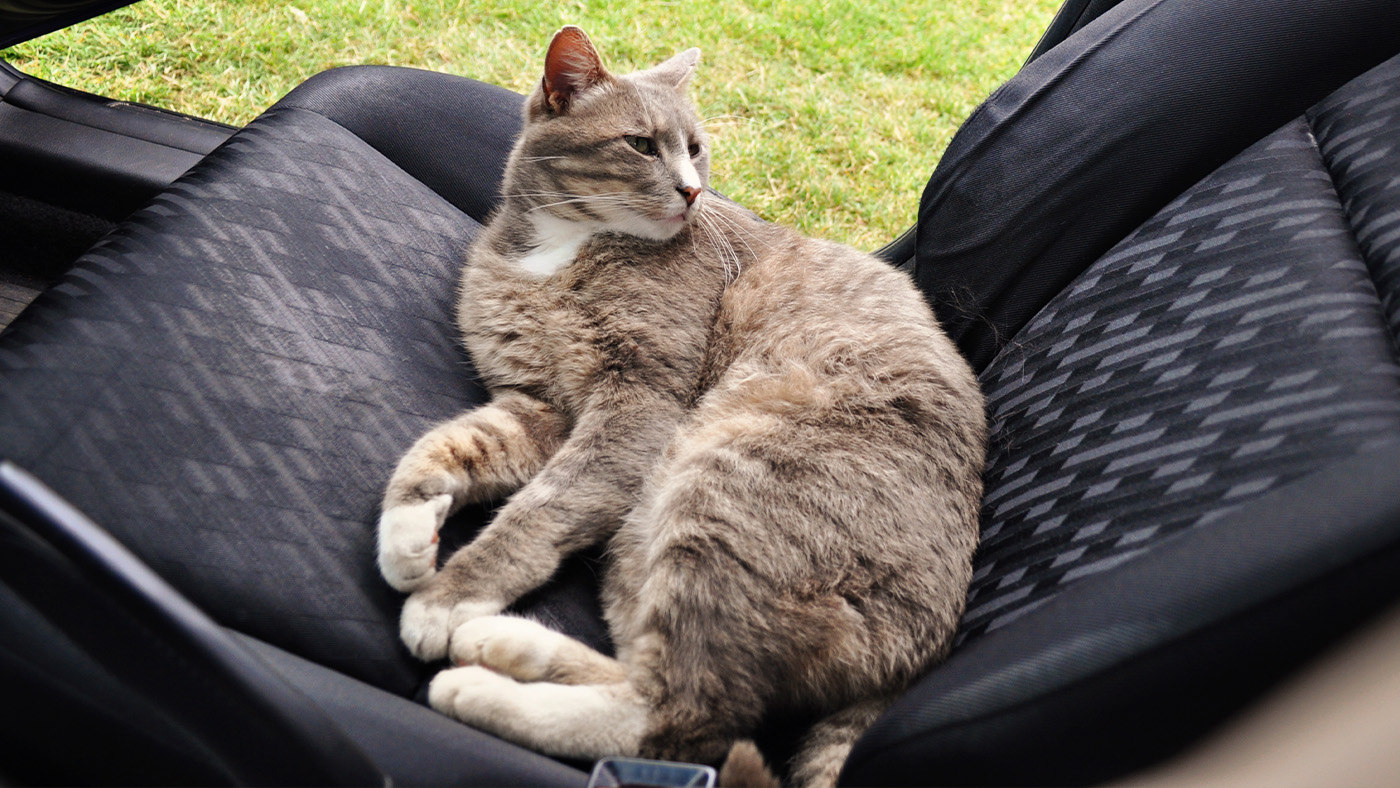What should cats really be drinking? Our vet shares her recommendations and what to avoid at all costs
Get the low down on what your cat should be drinking from our vet
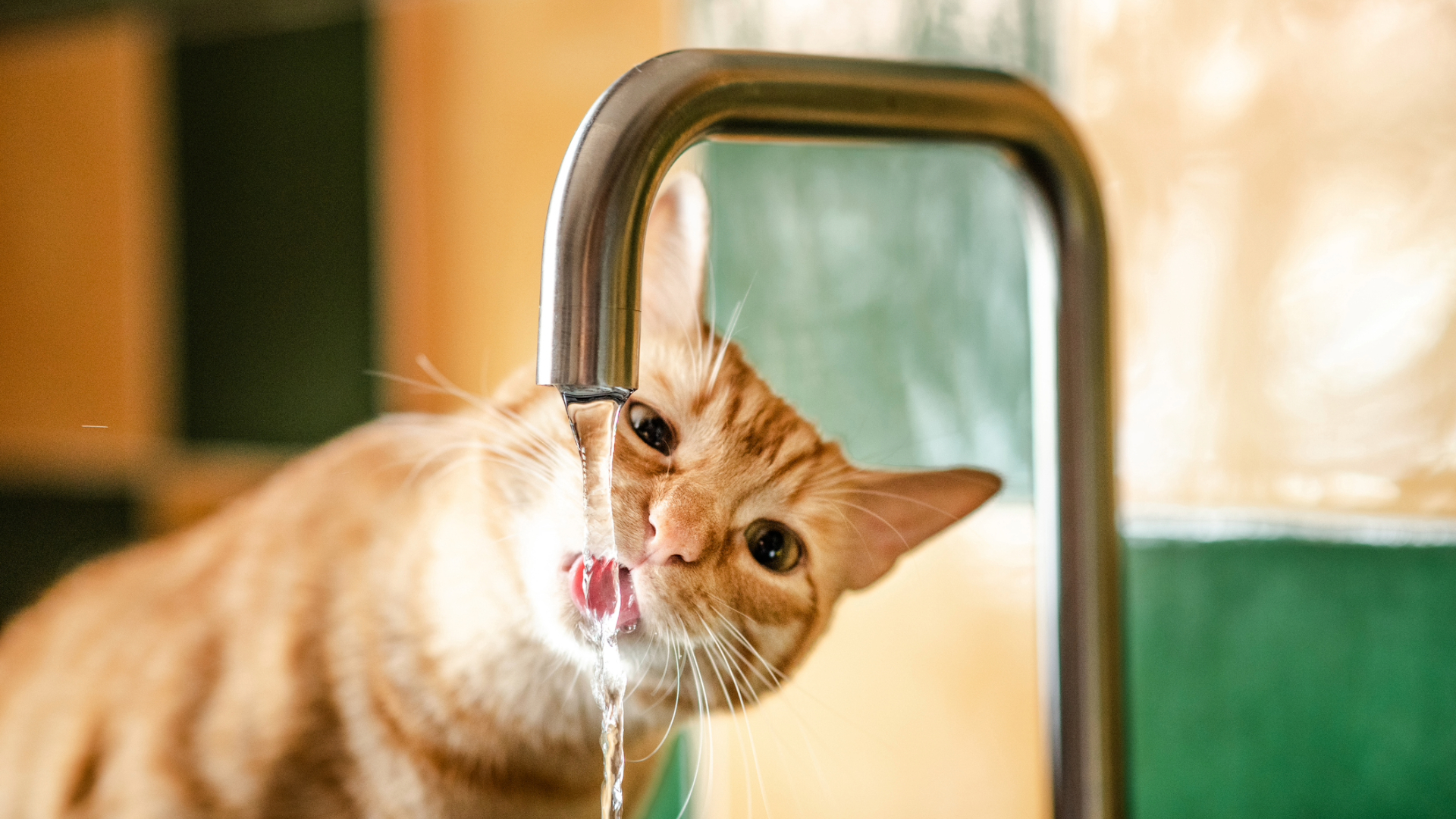
Ensuring your cat stays properly hydrated is essential for their health, but what should cats drink? While water is the best option and the safest choice, many owners are unsure if cats can have other fluids. Misinformation can lead to poor hydration habits, potentially causing health problems such as dehydration or digestive upset.
As a vet with 13 years of experience in feline health, I’ve seen many cases where cats don’t drink enough or are given inappropriate fluids. In this guide, I’ll explain exactly what cats should and shouldn’t drink, how much they need daily, and whether kittens require different hydration to adults.
If your cat doesn’t drink enough, the best pet water fountain can help by encouraging hydration. Cats often prefer running water, which mimics natural water sources and keeps them interested and engaged. Read on to find out more!
What should cats drink?
Cats have specific hydration needs, and not all liquids are safe for them. Here’s what they can drink:
1. Fresh, clean water
Water is the best and most important drink for cats. It supports kidney function, digestion, and overall health. Always provide fresh, clean water in a ceramic, stainless steel, or glass bowl, as plastic can retain odors that deter drinking.
2. Cat-safe broth
Homemade or store-bought bone broth can be given as an occasional treat. It must be unsalted and not contain any garlic or onions. Broths are a brilliant way to add flavor, encourage drinking, and provide a good source of amino acids, minerals and collagen.
3. Tuna water
Water from canned tuna in spring water (not brine or oil) can be used sparingly to entice picky drinkers. However, even in spring water, tuna contains high sodium levels, so it should only be offered in moderation to prevent excessive salt intake.
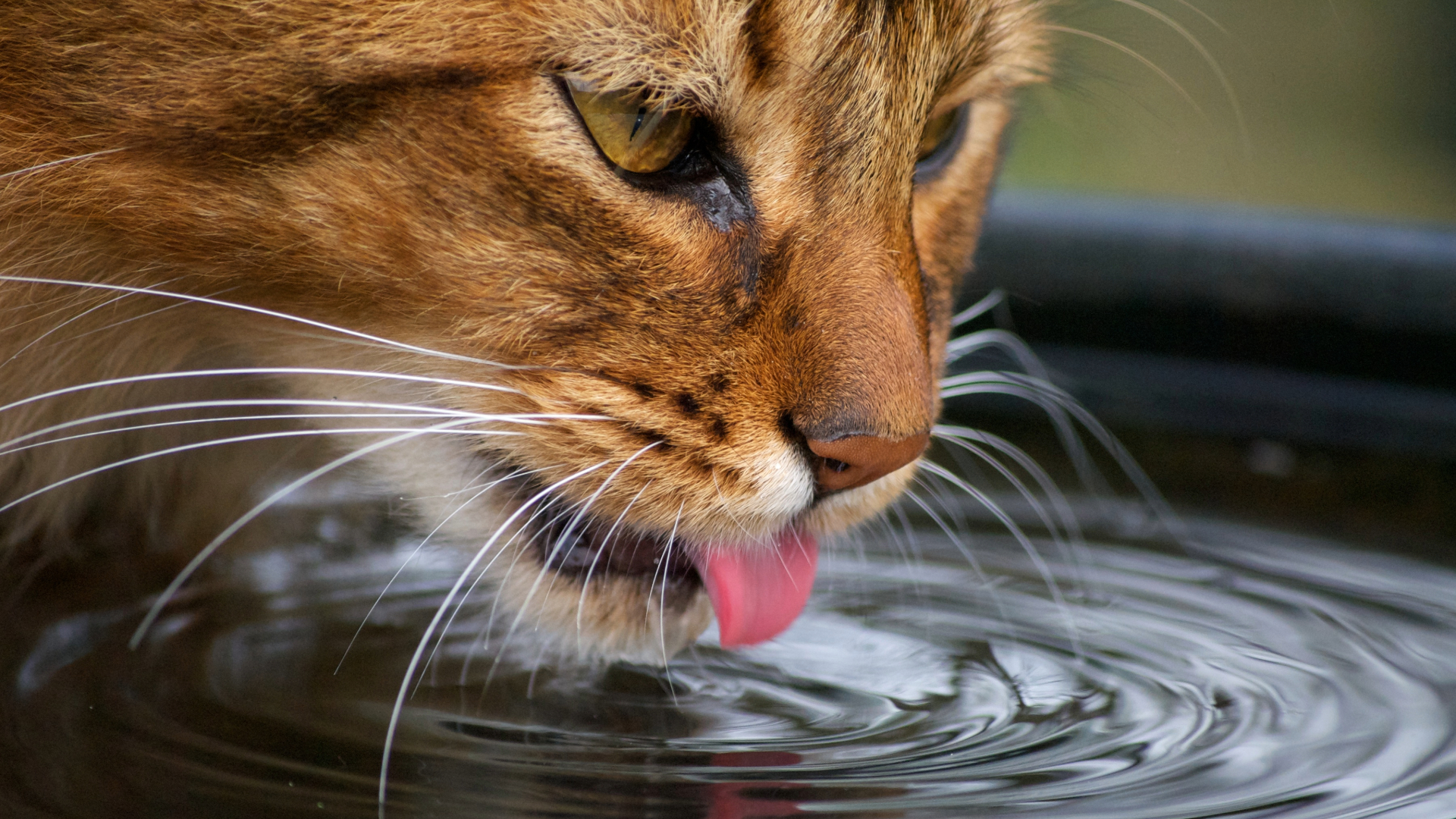
4. Cat milk
Unlike regular dairy milk, specially formulated lactose-free cat milk is safe for adult cats. Since most adult cats lack the lactase enzyme, they struggle to digest standard cow’s milk, which can cause stomach upset. Cat milk is high in calories, so it should be given as an occasional treat rather than a daily drink.
5. Cat hydration formulas
Some pet brands offer electrolyte solutions (like this one on Amazon) designed to rehydrate sick or recovering cats. These should only be used under veterinary guidance to ensure they are appropriate for your cat’s needs.
6. Wet cat food
Although not a drink, the best wet cat food contains 75–80% moisture, contributing to a cat’s hydration. Cats on a wet food diet often drink less water than those eating dry kibble. If your cat isn’t drinking enough, switching to wet food or adding water to their meals can help increase fluid intake. However, wet food alone is not enough – cats should still have access to fresh water at all times.
Pioneer Pet Raindrop Fountain | Amazon
This pet fountain provides a sleek and hygienic way to keep your cat hydrated. Its continuous water circulation encourages drinking, while the stainless steel design helps reduce bacteria buildup. The built-in charcoal filter ensures fresh, clean water, making it a great option for pet owners who want to promote healthy hydration.
What cats should not drink
1. Cow’s milk
Despite the common myth, most adult cats are lactose intolerant. They lack the enzyme needed to break down lactose, leading to digestive upset, diarrhea, and bloating. If you want to offer milk, opt for lactose-free cat milk (like this one on Amazon) instead.
2. Sugary or flavored drinks
Drinks with added sugar, artificial flavors, or sweeteners can be harmful. Cats struggle to process sugar, and some sweeteners – like xylitol – are highly toxic and can cause severe health problems.
3. Caffeinated beverages (tea, coffee, energy drinks)
Caffeine is dangerous for cats, even in small amounts. It can cause restlessness, rapid breathing, irregular heartbeat, tremors, and seizures. Keep all caffeinated drinks out of reach.
4. Alcohol
Even a tiny sip of alcohol can be life-threatening for a cat. It can lead to disorientation, vomiting, breathing difficulties, and organ failure. Never allow your cat to consume alcoholic drinks or foods that contain alcohol.
What should kittens drink?
Kittens have different hydration needs compared to adult cats, especially during their early growth stages. Providing the right fluids at each stage of development is essential for their health.
- 0–4 weeks old: Newborn kittens should nurse from their mother, as her milk provides the nutrients and antibodies they need for a strong immune system. If the mother is unavailable, a kitten-specific formula (like this one from Chewy) is required – never give cow’s milk, as it can cause digestive issues.
- 4–8 weeks old: At this stage, kittens begin the weaning process, transitioning from milk to solid food. They should start eating wet kitten food while still nursing or receiving kitten formula. Fresh water should also be introduced so they learn to drink on their own.
- 8+ weeks old: By eight weeks, kittens are fully weaned and should drink only water. Unlike adult cats, younger kittens should not rely solely on water for hydration until they have completely transitioned to solid food.
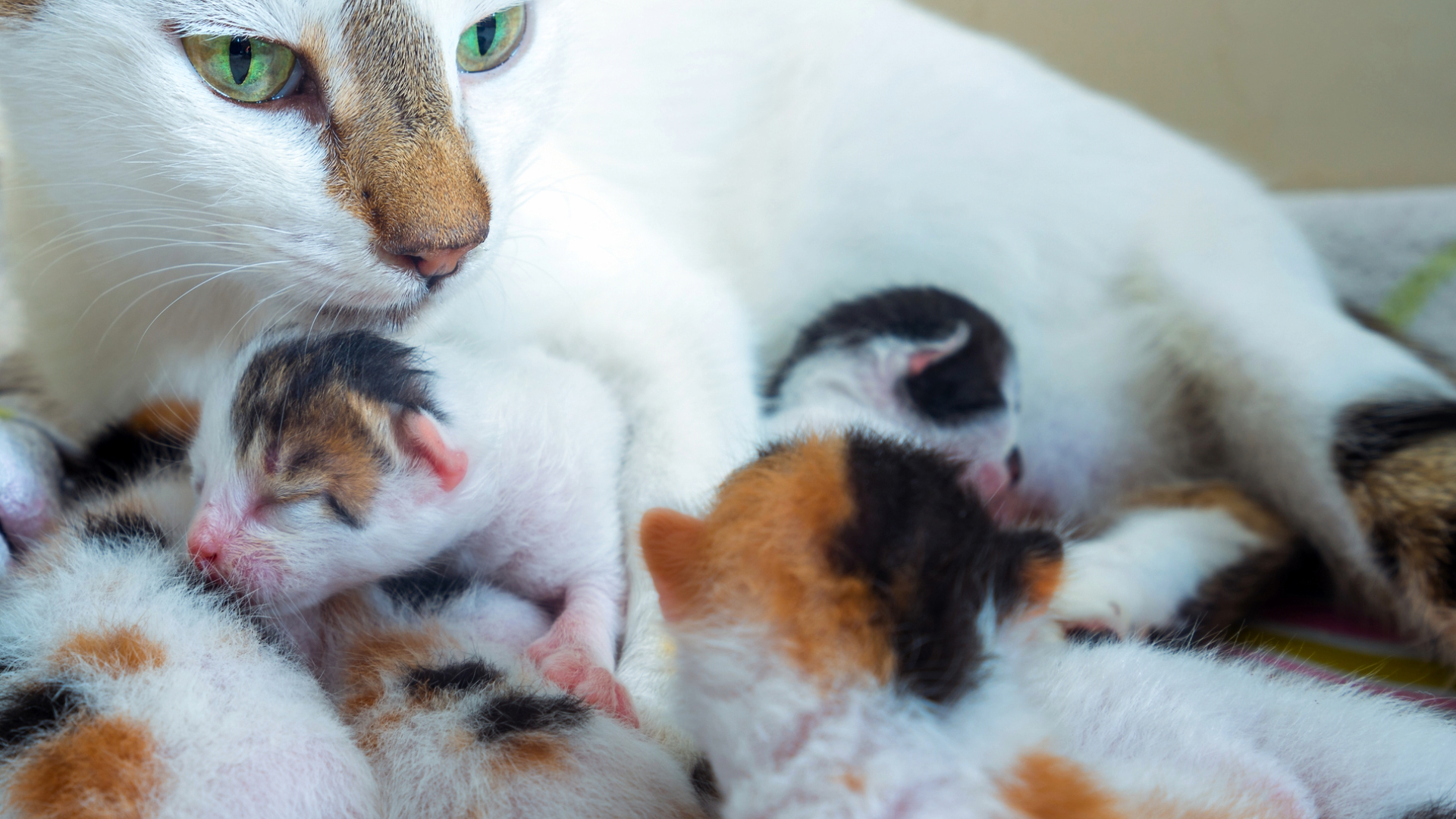
How much should my cat drink?
The amount of water a cat needs depends on factors such as age, diet, activity level, and environment. A rough guide for cats to follow is one fluid ounce of water for each pound of body weight. This is around 50 to 70 ml/kg using metric measurements.
Cats on wet food diets may drink less water than those on dry food as wet. This is because wet food often contains a high amount of water so they will have their thirst quenched when they eat. Cats living in hot climates or very active cats may need more water.
How much should my kitten drink?
Kittens require more hydration relative to their body weight compared to adult cats.
- 0–4 weeks: Newborn kittens get all their hydration from their mother’s milk or a kitten formula if nursing isn’t possible. They do not need additional water.
- 4–8 weeks: As kittens begin weaning, they should be introduced to small amounts of water alongside their milk and solid food.
- Over 8 weeks: Fully weaned kittens should drink approximately four to five ounces (120–150 ml) of water per five pounds (2.3 kg) of body weight daily. This is more or less the same as the requirements for adult cats.
If your kitten is drinking a lot of water, we have another guide that can help.
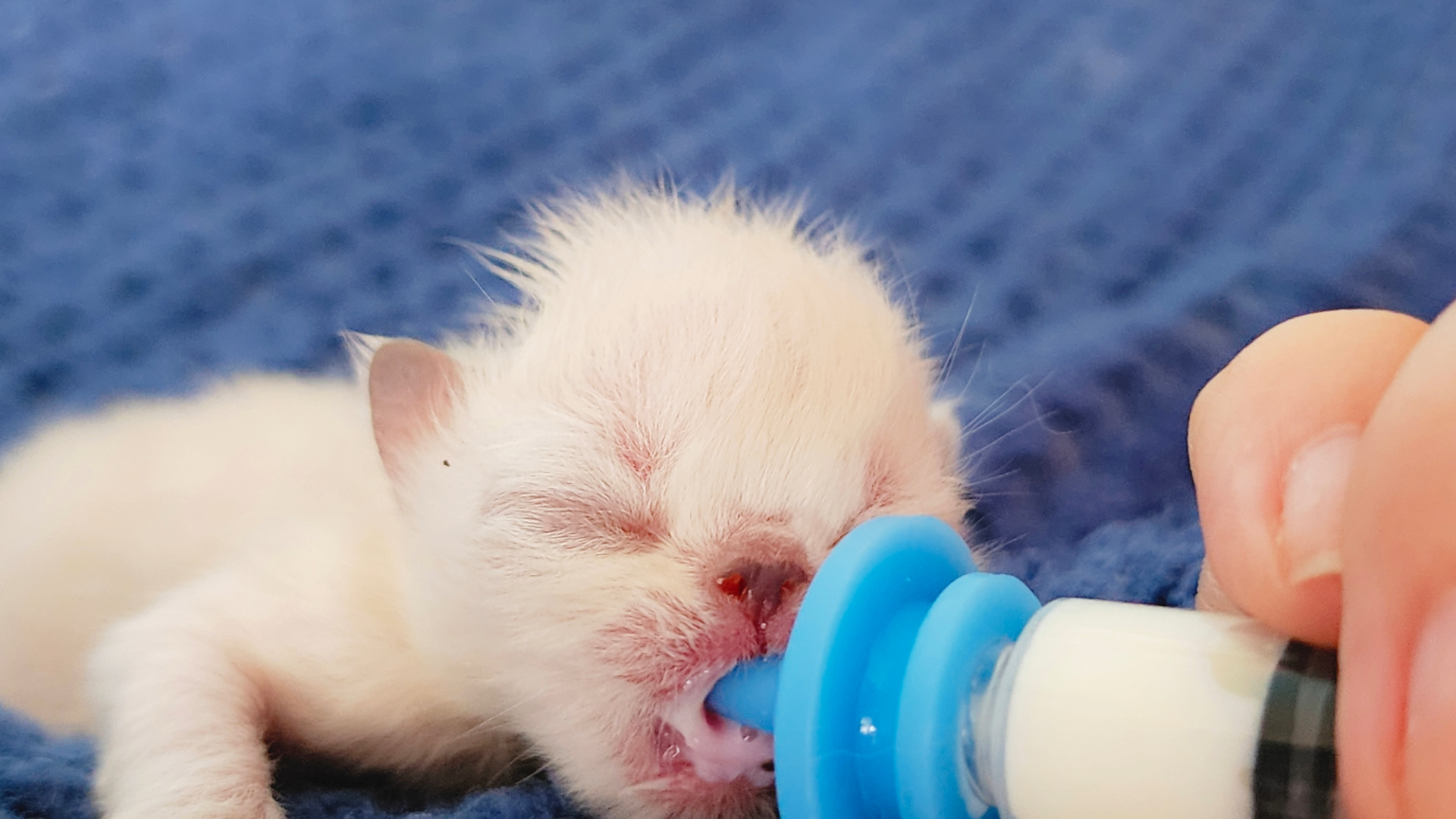
Can cats drink milk if they’re orphaned?
Can kittens drink milk? A common myth is that orphaned kittens can drink cow’s or goat’s milk, but this is not safe for them. Regular milk lacks essential nutrients for kitten growth and can cause digestive issues like diarrhea in kittens due to its high lactose content. The safest option is a vet-approved kitten milk replacer (KMR), specially formulated to mimic a mother cat’s milk (like this one available from Chewy).
Make sure to use a kitten nursing bottle for feeding. For very young kittens, a syringe may be necessary, but feeding must be done carefully to avoid aspiration pneumonia (milk inhalation into the lungs), which can be life-threatening. Always consult a vet for guidance on the proper way to bottle-feed kittens.
Proper hydration is vital for your cat’s health, with fresh water being the best choice. Some cats may also enjoy unsalted broth, tuna water, or hydration supplements in moderation. Kittens, however, require mother’s milk or a kitten milk replacer until fully weaned. By knowing what’s safe and what to avoid, you can help your cat stay healthy, happy and well hydrated.
Read next: How long can cats go without drinking? and Why is my cat drinking a lot of water?
Edited by Megan Milstead
Recent updates
This feature was last updated on February 23, 2025.
PetsRadar Newsletter
Get the best advice, tips and top tech for your beloved Pets
Emma graduated from the Royal Vet College in London in 2011. She has a keen interest in surgery and went on to do a postgraduate certificate in small animal surgery and was then awarded advanced practitioner status in the same discipline.
